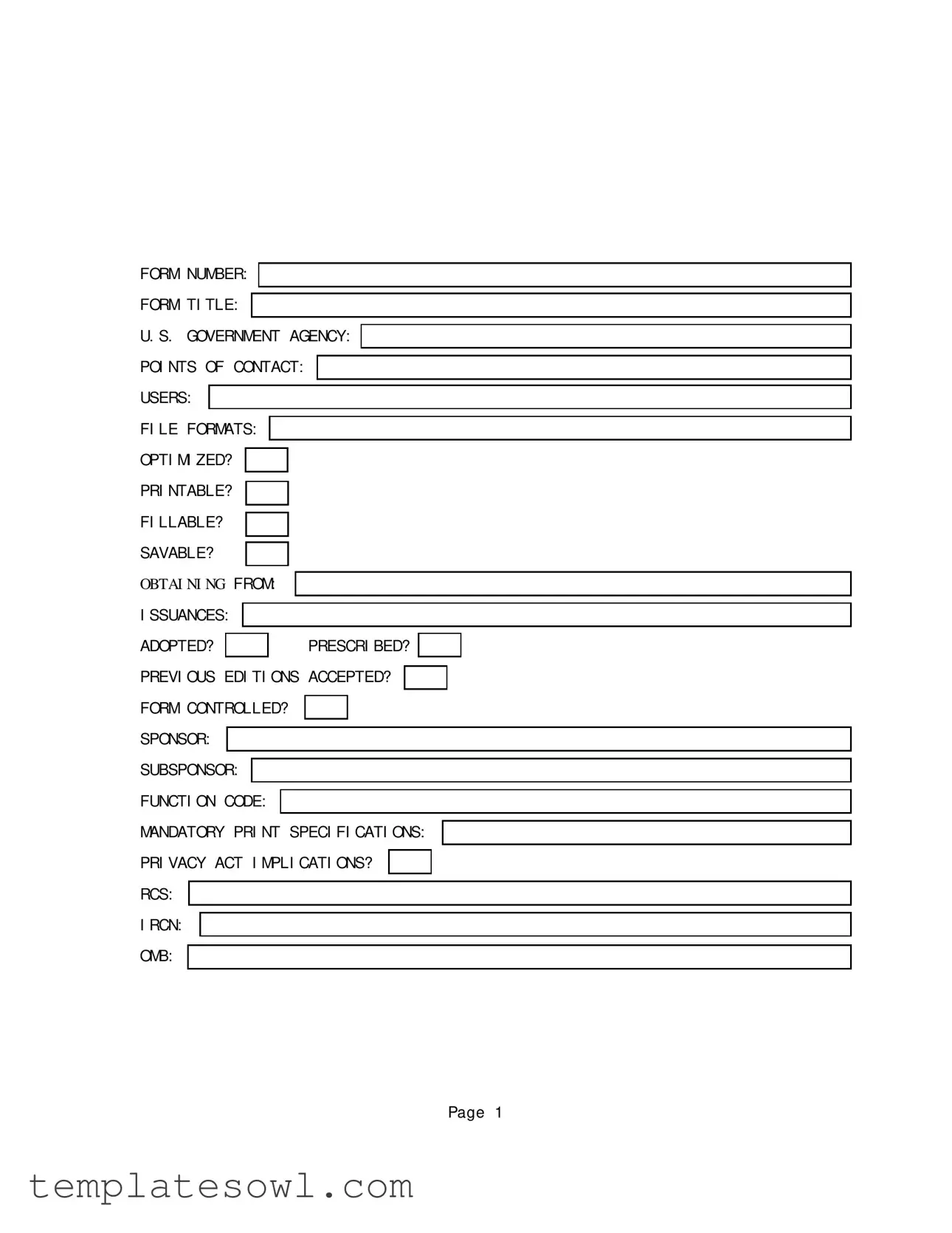What is the SF 97 form used for?
The SF 97 form, also known as the "Vehicles Sales and Use Tax Exemption Certificate," is primarily used to provide documentation related to the sale of government-owned vehicles. It serves as a title application or a transfer of title for vehicles that are no longer in government service. When government agencies sell a vehicle, this form is crucial for the new owner to obtain the correct title in their name.
Who can use the SF 97 form?
The form is mainly utilized by federal, state, and local government entities as well as authorized agencies. However, private individuals or companies purchasing surplus government vehicles can also use the SF 97 to document the vehicle's title transfer. It is important to ensure that the seller is a government entity and that the vehicle qualifies for this form in order to avoid complications.
How can one obtain the SF 97 form?
The SF 97 form is available through various government websites or directly from the agency that is selling the vehicle. Many agencies make the form accessible online as a downloadable document. Additionally, when purchasing a vehicle at a government auction, it is common for the form to be provided during the transaction process. Always check for the latest version of the form to ensure compliance.
Is the SF 97 form fillable and savable?
The SF 97 form is designed for ease of use, providing options for being fillable and savable in many instances. Depending on where you obtain the form, you may find it in a format that allows you to fill in the required information digitally. Always review the specific format available to confirm whether it can be saved after completion to avoid losing any information.
What privacy considerations should be taken into account when using the SF 97 form?
When using the SF 97 form, it is essential to be mindful of the Privacy Act implications. The form can contain personal information that needs to be handled securely. Ensure that any sensitive data is properly managed and only shared with authorized individuals when required. Agencies often provide guidelines about safeguarding personal information, so it’s a good idea to familiarize yourself with those recommendations.

